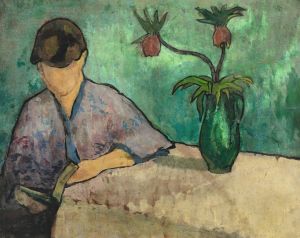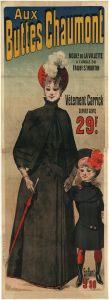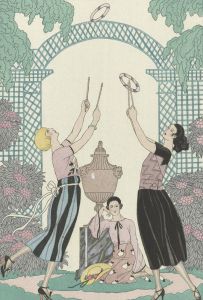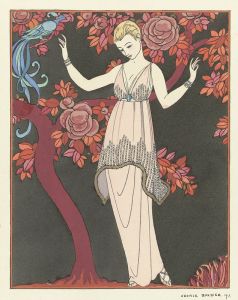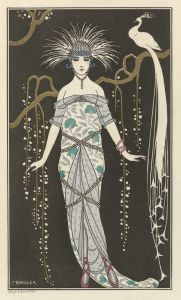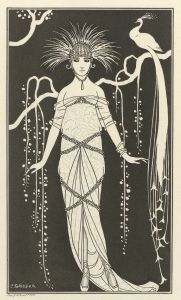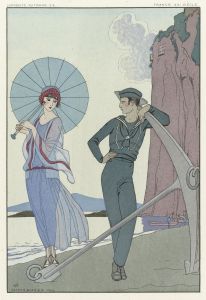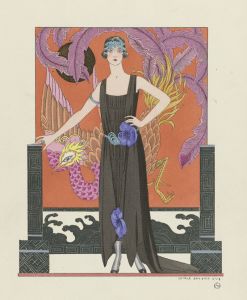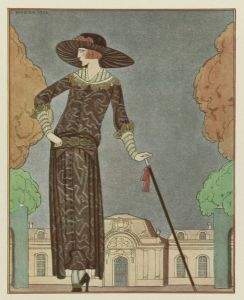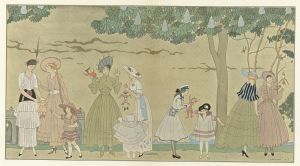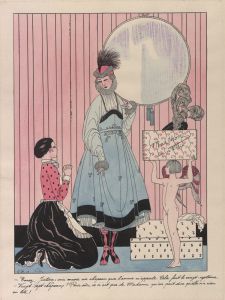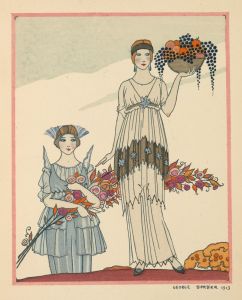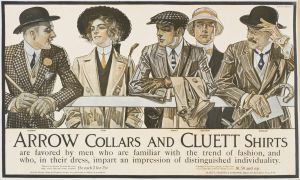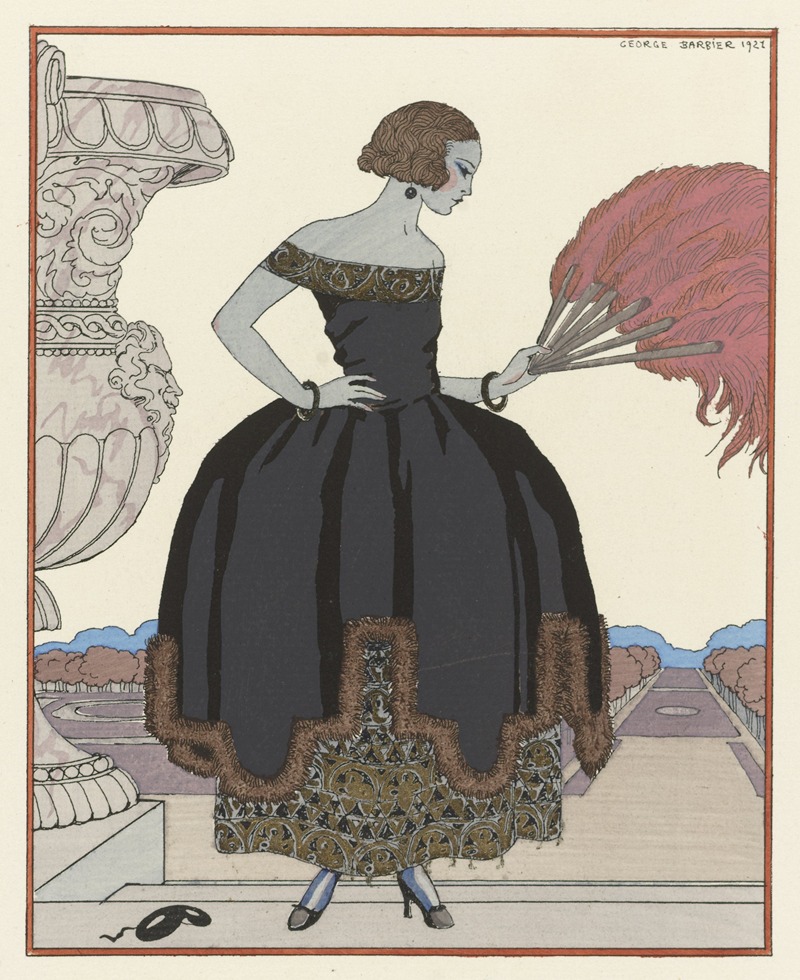
Pavane ; Robe du soir, de Worth
A hand-painted replica of George Barbier’s masterpiece Pavane ; Robe du soir, de Worth, meticulously crafted by professional artists to capture the true essence of the original. Each piece is created with museum-quality canvas and rare mineral pigments, carefully painted by experienced artists with delicate brushstrokes and rich, layered colors to perfectly recreate the texture of the original artwork. Unlike machine-printed reproductions, this hand-painted version brings the painting to life, infused with the artist’s emotions and skill in every stroke. Whether for personal collection or home decoration, it instantly elevates the artistic atmosphere of any space.
George Barbier was a prominent French illustrator and designer, known for his contributions to the Art Deco movement in the early 20th century. One of his notable works is "Pavane ; Robe du soir, de Worth," which exemplifies his distinctive style and the cultural context of the era.
George Barbier was born in Nantes, France, in 1882. He studied at the École des Beaux-Arts in Paris, where he honed his skills in illustration and design. Barbier became a leading figure in the Art Deco movement, which was characterized by its bold geometric patterns, vibrant colors, and a blend of traditional craftsmanship with modernist aesthetics. His work often featured elegant and fashionable figures, capturing the spirit of the Roaring Twenties.
"Pavane ; Robe du soir, de Worth" is a testament to Barbier's artistic prowess and his ability to capture the essence of fashion and elegance. The illustration was created during a time when fashion illustration was a crucial part of the fashion industry, serving as a bridge between designers and the public. Barbier's work was frequently published in high-end fashion magazines, and he collaborated with several leading fashion houses of the time.
The title "Pavane ; Robe du soir, de Worth" refers to a specific evening gown designed by the House of Worth, a prestigious fashion house founded by Charles Frederick Worth in the mid-19th century. Worth is often credited with pioneering the concept of haute couture and transforming fashion into an art form. By the time Barbier created this illustration, the House of Worth was synonymous with luxury and sophistication.
In "Pavane ; Robe du soir, de Worth," Barbier showcases an evening gown that epitomizes the elegance and opulence associated with the House of Worth. The illustration likely features a model in a graceful pose, adorned in a gown that reflects the intricate detailing and luxurious fabrics characteristic of Worth's designs. Barbier's use of color and form would have highlighted the gown's exquisite craftsmanship, making it a desirable piece for the fashion-conscious elite of the time.
Barbier's illustrations were not merely depictions of clothing; they were works of art that conveyed the mood and atmosphere of the fashion world. His attention to detail and ability to capture the subtleties of fabric and form made his work highly sought after by fashion designers and publications. "Pavane ; Robe du soir, de Worth" is an example of how Barbier's illustrations served as both a promotional tool for fashion houses and a reflection of the cultural zeitgeist.
Throughout his career, George Barbier collaborated with various fashion designers, theaters, and publications. His work appeared in renowned magazines such as "Gazette du Bon Ton" and "Vogue," where his illustrations contributed to the visual language of fashion during the early 20th century. Barbier's legacy endures as a testament to the intersection of art and fashion, and his illustrations continue to be celebrated for their beauty and historical significance.
In summary, "Pavane ; Robe du soir, de Worth" by George Barbier is a quintessential example of Art Deco fashion illustration. It captures the elegance and sophistication of the House of Worth's designs while showcasing Barbier's artistic talent and his role in shaping the visual culture of his time.





